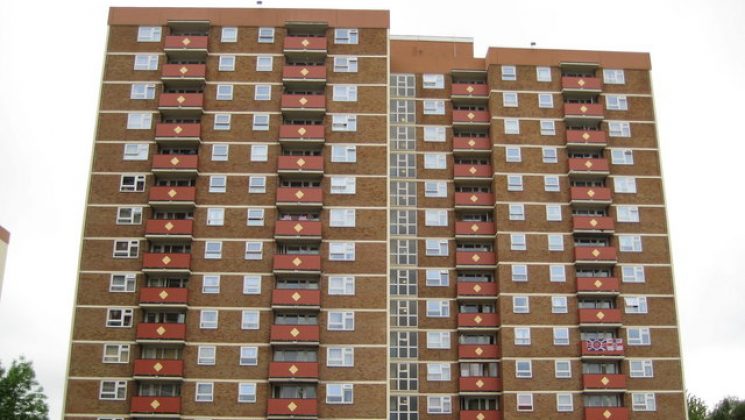In most parts of the UK, the price of renting a home has risen steadily, while public sector salaries… well, they haven’t. This rise in rents combined with pay cuts has resulted in a situation that, for many, is simply unsustainable.
UNISON has investigated just how much public sector workers are spending on rent.
Our new analysis looks specifically at five public sector jobs – an porter in NHS England, a special needs teaching assistant, a refuse driver, a nurse and a police community support officer – and how much of their monthly salary they have to spend on rent, depending on where they live.
It also looks at the average cost of renting per local authority, giving an indication of how much it costs to live in each area for any public sector worker.
As you may expect, the most expensive areas to rent in are London and the South East. In the Northern region, a police community support officer, or PCSO, will spend a quarter of their salary on rent. In London, they’ll spend two thirds.
There are 67 local authorities in which nurses must spend 50% or more of their salary on rent. They are in London, the South East, and a few in the Eastern region.
A refuse driver living in in West Lindsey in the East Midlands will spend around a quarter of their salary on rent, but if they lived in the country’s most expensive area for rent, Kensington and Chelsea, they’d spend almost five times that – the average rent is 154% of their salary.
Of course, the exorbitant cost of Kensington means refuse drivers working there would probably commute in from elsewhere, but even in other London boroughs such as Hackney, Tower Hamlets or Hammersmith and Fulham, they will be spending over three quarters of their salary on rent.
The cost of renting can vary wildly within each region, too, though.
In the North West, the most expensive local authority to live in is Manchester, where the average rent for a one bedroom property is £680, and a teaching assistant will spend 49% of their income on rent.
The cheapest area in the North West is Burnley, where a teaching assistant on the same salary band will spend 26% of their income on rent, meaning they will have a lot more cash left than their counterparts in Manchester.
To find this data we compared take-home pay with the official private rented sector statistics from the government’s Valuation Office Agency.
Their statistics, released every year, only cover England, but allowed us to look at the situation in every local authority in England.
We hope to duplicate the analysis for the devolved nations, but to do that we need to identify appropriate data sources for Scotland, Wales and Northern Ireland.
Find out the average cost of renting in each local authority in England, and how much that means public sector workers have to spend, visit UNISON’s public sector data blog.







